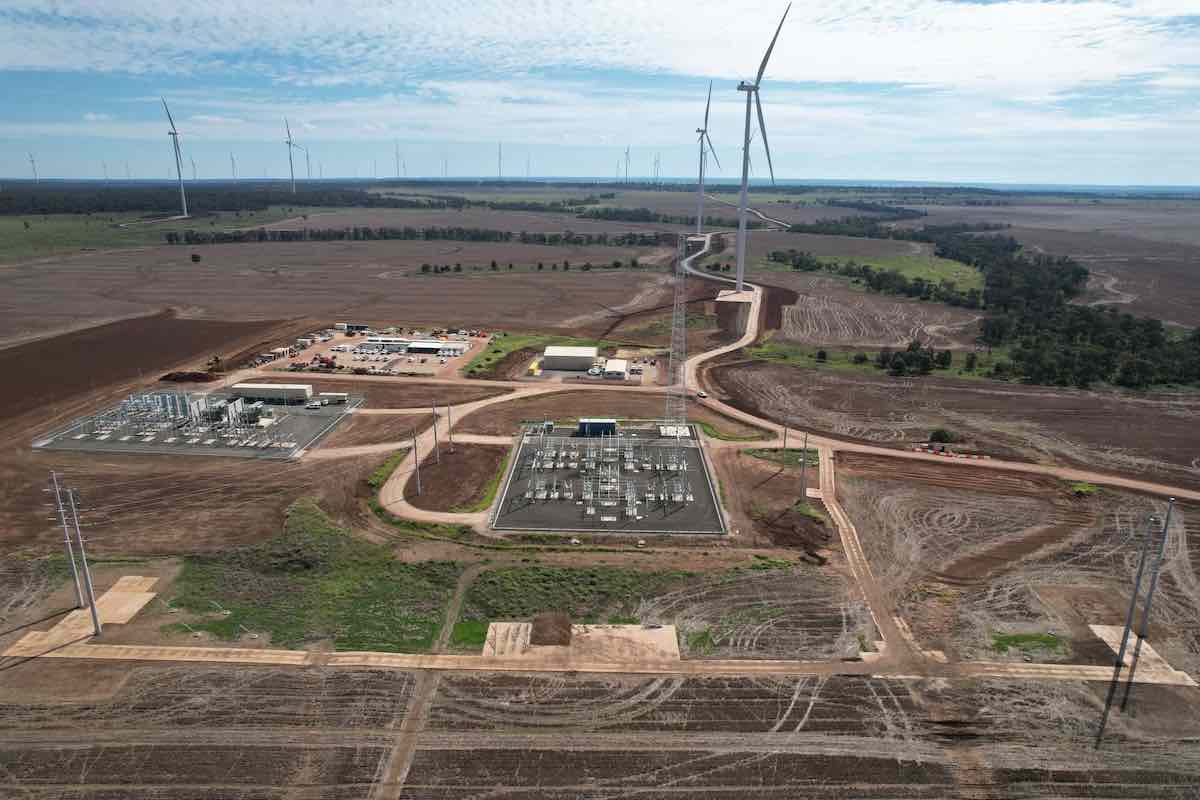Europe is shaping up as a major competitor for wind energy resources, but also has plans to invest in Australia, says European Commission director general for energy Ditte Jul Jorgensen.
The European Union is planning to double its wind power resources so it becomes the largest source of electricity by 2030, she said during the Australian Wind Energy conference in Melbourne on Wednesday.
The regional bloc has a massive wind target of 317 gigawatts (GW) by 2050.
Jorgensen says the EU is also keen to invest in Australia — specifically in the wind sector.
“We would like to invest in Australian wind power,” she said. “We welcome the progress that has been made in establishing the first wind power zones.”
The EU likely has an eye on tapping into Australia’s epic wind and solar resources.
Jorgensen specifically mentioned the Australian Renewable Energy Hub in the Pilbara, which if built to the full capacity of 26 GW will be the largest renewable energy facility in the world, and could produce up to 1.6 million tonnes of green hydrogen a year.
Locking in raw materials
The EU is looking at grid reform, support for its clean technology manufacturing industry, and investment in supply chains as countries around the world ramp up both onshore and offshore wind ambitions.
It’s also moving to shore up clean technology manufacturing in the region, following the US$580 billion investment in clean technologies in the US Inflation Reduction Act (IRA).
Its response in March were the proposed Net-Zero Industry Act and the Critical Raw Materials Act, which seek to support and promote clean technologies and protect the region’s battery and critical minerals processing industries from increasing competition.
The goal is to make EU industries more resilient in the face of tightening supply chains for talent, equipment and finance, and locked down raw materials, and ensure the region is still seen as a stable place to invest in renewable energy manufacturing and deployment
Jorgensen says if the EU wants to maintain a global lead on manufacturing it needs to diversify its sources of raw materials from close partners and trusted countries.
The Critical Raw Materials Act requires that 10 per cent of the EU’s annual consumption be sourced domestically, 40 per cent pf processed strategies materials and 15 per cent of recycled materials must also be domestically produced.
The aim is that no more than 65 per cent of raw materials used annually comes from a single third country.
The regional bloc is looking at a framework to develop grids via a reform of power market design, introducing real time data into the discussion to employ aspects such as demand response and price nudges for users as part of grid design.
“We know we will never go back to the position we found ourselves in prior to 24 February 2022 when Russian invaded Ukraine,” she says.










